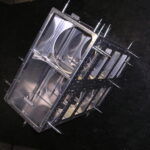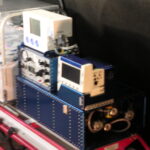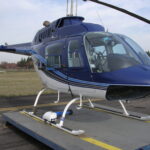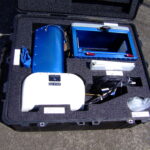STC projects all require certification plans, compliance checklists, design data, and coordination with the FAA. STCs are all unique and each project has its own level of complexity.
Cessna 170A & 170B 2200 Floats
Fliegen Works is working with Joel Wattum to produce an installation STC kit for the Cessna 170A, 170B, and basic 172 to install Aerocet 2200 twin seaplane floats. Recently we finished up the engineering and flight testing and now have FAA design approval by STC SA02400AK. Joel is accepting orders.
FW-JWA658-11 AFMS rev C9.faa







